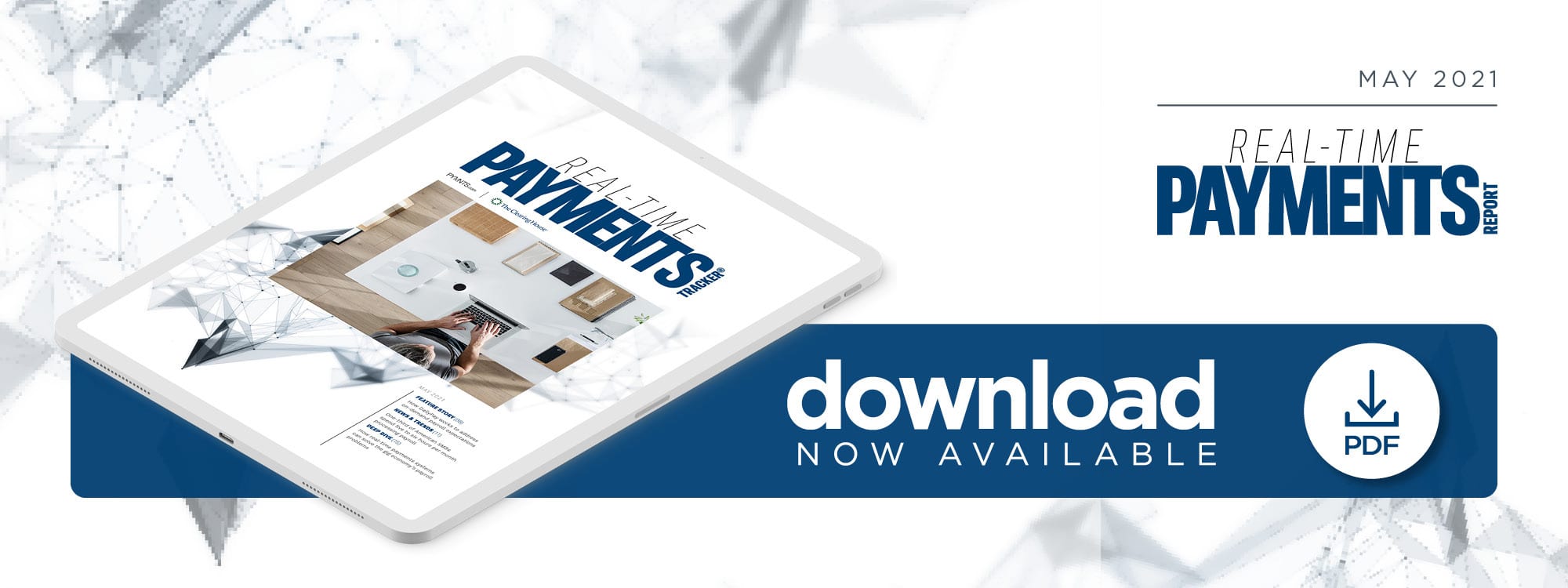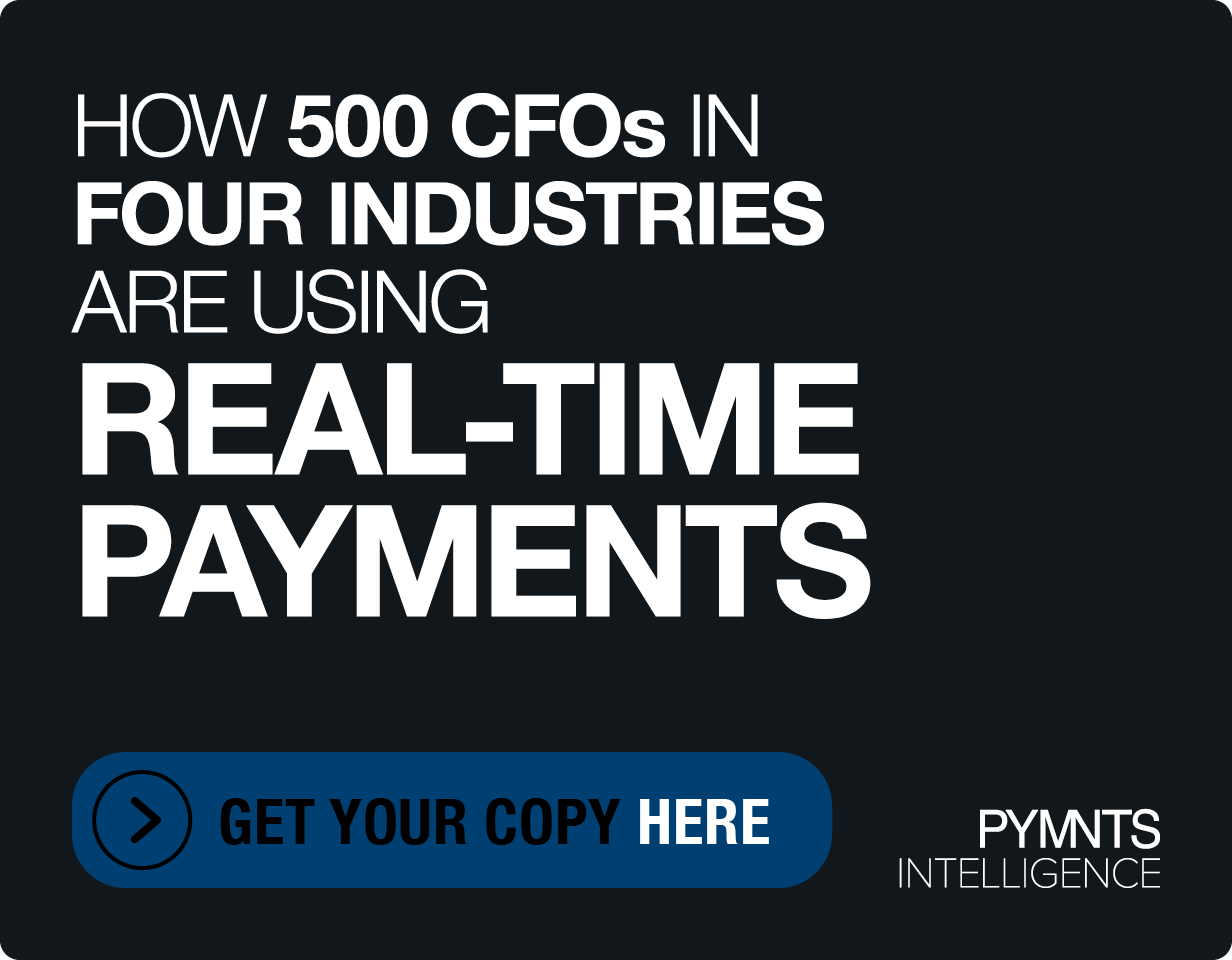How DailyPay Works To Address On-Demand Payroll Expectations

More than 60 percent U.S. consumers say an unexpected expense of $1,000 would put them in the red — meaning they could be a single delayed or poorly timed paycheck away from financial disaster. In this month’s Real-Time Payments Tracker, PYMNTS spoke with Ron Munkittrick, senior vice president of DailyPay, about how offering employees on-demand payments outside normal pay periods could give them much-needed financial flexibility.
Financial insecurity is a long-running problem for U.S. consumers, exacerbated by the ongoing economic recession. Studies have found that 71 percent of households are considered financially unhealthy, with AARP finding that more than half of Americans have no emergency savings to weather financial crises. Another study from Bankrate found that only 39 percent of Americans can afford an unexpected expense of $1,000.
Many of these financial issues are caused by payroll systems that are either delayed by the use of paychecks or, more commonly, pay periods not lining up with when workers need money the most. This is a dilemma that DailyPay, an on-demand payment platform, sought to address when it was founded in 2015.
“Workers, especially those at the lower end of the wage scale, don’t have enough control over their pay,” said Ron Munkittrick, DailyPay’s senior vice president of external operations. “They’re suffering hardship as a result, whether it’s because of bank fees, late fees or having to go to payday lenders.”
In a recent interview with PYMNTS, Munkittrick discussed the hardships workers face in their payroll schedules, how DailyPay works to address these challenges by providing on-demand payments and how workers’ expectations of payroll systems will continue to change in the coming years.
The Consequences Of Delayed Payroll
Some of the most disproportionality affected employees when it comes to payment delays are gig workers and freelancers, who have the added problem of being less financially secure than their salaried counterparts. Almost one-third of gig workers are paid late, according to a recent study, with women being paid late 7 percent more often than men. Salaried employees are largely paid on time, with their payroll challenges taking on a decidedly different form: Their financial needs often do not line up with their employers’ pay cycles.
“The overwhelming majority of the time, they’re getting paid on time on their payday, but the problem is that just doesn’t align with the reality of their financial lives,” said Munkittrick. “Whether it’s an emergency payment, or a car breaks down that they need to get fixed, these things don’t happen conveniently on a pay cycle.”
Missing payments like these due to payroll issues can quickly become a negative feedback loop if they affect employees’ ability to maintain steady employment, causing them to miss future payments. DailyPay aims to address this problem by providing payment on demand when employees need funds.
How DailyPay Work To Provide Timely Payments
Workers often take drastic measures when money is not ready when they need it, like taking on high-interest predatory payday loans. DailyPay’s solution to this problem is to provide employees with funds as they earn them, rather than forcing them to wait for a pay period.
“What our product does is, as you work and earn money, it makes that money available to the worker,” said Munkittrick. “So if the worker wants to get $100, and has $100 of earned wages available to them, this product allows them to just request that money and it’s sent to them instantly.”
This system differs from a pay advance in that it is money the worker has already earned rather than an early paycheck, with the DailyPay funds subtracted from the following paycheck. This concept of quicker payouts jives with changing customer expectations in other parts of their digital lives, where consumers are growing used to getting things on demand rather than waiting on someone else’s schedule.
“People are becoming more and more accustomed [to the idea] that when they need something, they should be able to get it now,” said Munkittrick. “They’re also going to be looking for greater flexibility in how their money is used. They’re going to be saying, ‘I want my money when I want it and where I want it, and I want to be able to use it in the way I see best.’”
This instant gratification trend toward on-demand goods and services is being echoed all over the digital world, such as with subscription media services like Netflix overtaking network TV among younger consumers. Businesses looking to foster worker loyalty and satisfaction would benefit to lean into this emerging trend when it comes to payroll as well.

